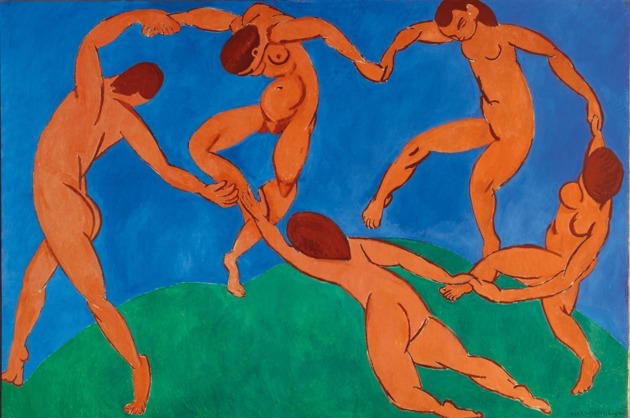O brazilian modernism it was a period when artists were very interested in bringing a renewal to the country's art.
Seeking inspiration from the European avant-gardes, they produced works that dialogued with the national culture and broke the aesthetic standards in force until then.
One of the great names of the period was Tarsila do Amaral, a decisive figure in the consolidation of this artistic trend in Brazil.
Below, check out ten important modernist works by Tarsila that we present in chronological order.
1. The Black, 1923
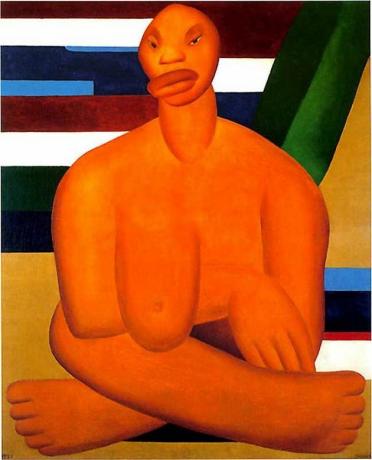
At work the black, Tarsila exhibits the figure of a woman with well-defined features, large hands and feet and a small head. In addition, the artist explores cubist elements in the background.
In this work, we can see the representation of the black woman as a being who carries a heavy social load, which can be seen by her melancholy gaze and her sagging breast on display.
The breast that hangs from the body refers to the practice of wet nurses during slavery, in which the enslaved women breastfed and took care of the children of elite white women.
The painting is an oil on canvas made in 1923 - one year after the Week of Modern Art - and measures 100 x 80 cm. It belongs to the Museum of Contemporary Art Collection of the University of São Paulo, in São Paulo.
2. The Cuca, 1924
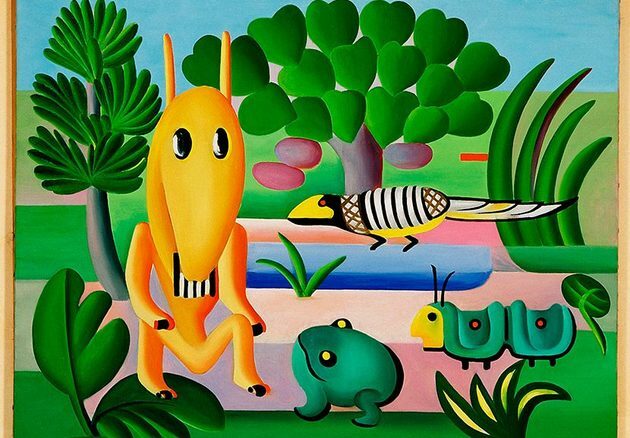
the composition the cuca brings a figure present in Brazilian folklore and in the population's imagination. According to legend, it is said that the cuca was an evil witch with the body of an alligator who kidnapped disobedient children.
Painted in vibrant, tropical colors, the canvas is reminiscent of childhood; exhibits some animals and a living nature. Belongs to Pau-Brasil modernist phase, which predates the anthropophagic movement.
This is a 1924 creation, is 73 x 100 cm, was made using oil paint and is in the Museum of Grénoble, France.
3. São Paulo (Gazo), 1924

The work São Paulo (Gazo) also integrates the Pau-Brasil phase of Tarsila, being one of the milestones of the period.
In this phase, the artist explores urban elements and the modernization of cities in contrast to tropical landscapes and the valorization of fauna and flora.
According to historian and artist Carlos Zilio:
In works like this one, Tarsila situates the perception of Brazil from the perspective opened by industrialization.
This is an oil on canvas from 1924, 50 x 60 cm in size and belongs to a private collection.
4. Morro da Favela, 1924

Favela Hill belongs to the Pau-Brasil period. It depicts a favela with colorful houses, trees and people.
It is a work of social denunciation, since at that time the poor population was forced to give up space in large centers and move to peripheral areas. It was at this time that there was a huge increase in slums in the country.
Despite the criticism, Tarsila manages to portray this reality in a light way, suggesting harmony and an idealization of the hill as an idyllic place. The composition dates from 1924, measures 64 x 76 cm and belongs to a private collection.
5. Abaporu, 1928
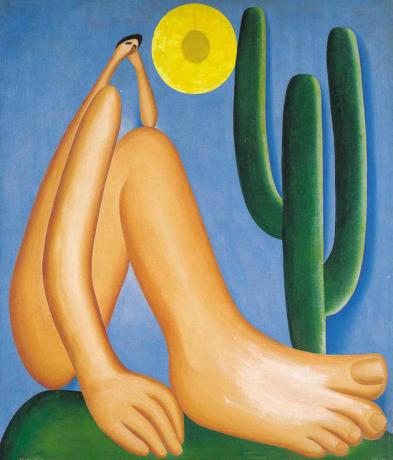
One of Tarsila's best-known works is undoubtedly Abaporu. The name is a combination of Tupi words tab (men), door (people) and ú (eat), therefore meaning man who eats people, or cannibal.
It was conceived with Brazilian culture in mind and shows a person sitting in a reflective position. The figure presents great distortions and is inserted in a typically Brazilian landscape, more specifically in the Northeast. Intensely exposes the colors of the Brazilian flag.
This framework was the impetus for a new phase in Brazilian modernism: the anthropophagic movement.
Abaporu was produced in 1928 using the oil on canvas technique and measures 85 x 72 cm. It is currently located at the Museum of Latin American Art in Buenos Aires (MALBA).
6. Urutu (The Egg), 1928
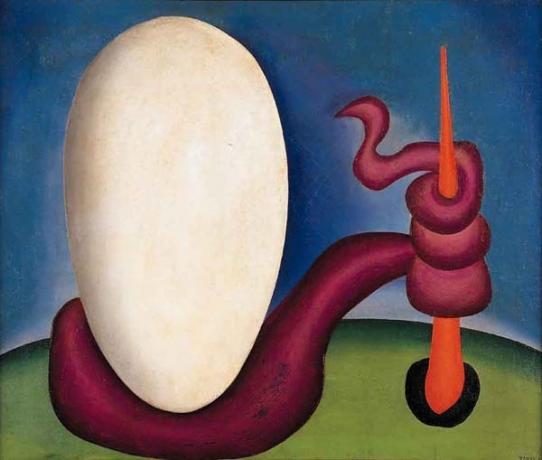
The work Urutu - also known as The egg - is full of symbolism. It features a snake, which is a very feared animal and has the ability to swallow. There is also a huge egg, signifying the birth of an idea, a new project.
These symbols are directly related to the modernist movement that was being born in the country, especially with the anthropophagic phase. This phase proposed to "ingest" the ideas of the artistic avant-gardes that took place in Europe and transform them into a new art concerned with national culture.
The canvas was made in 1928. Painted in oil paint, it measures 60 x 72 cm and is part of the collection of the Gilberto Chateaubriand Collection, at the Museum of Modern Art (MAM), in Rio de Janeiro.
7. The Moon, 1928

In the board The moon, the artist presents a nightscape with saturated colors and sinuous shapes. The moon and cactus appear in a very stylized way.
The composition, produced in 1928, belongs to the anthropophagic phase of Tarsila and measures 110 x 110 cm.
In 2019, it was acquired by the Museum of Modern Art in New York (MoMA) for an exorbitant amount of 20 million dollars (about 74 million reais).
The famous gallery issued a note showing satisfaction with the acquisition and expressed appreciation for the painter's work saying:
Tarsila is a founding figure for modern art in Brazil and a central protagonist in this movement's transatlantic and cultural exchanges.
8. Anthropophagy, 1929

In Anthropophagy, Tarsila joined two previously produced works: the black (1923) and abaporu (1928). On this canvas, the artist merges the two figures, as if they were mutually dependent.
Here the image of the black woman is presented with her head diminished, matching the head of abaporu. Beings are entangled as if they were one and integrate with nature.
Rafael Cardoso, art historian, defines the work as follows:
In Antropofagia, things don't change. They just are; they subsist, with a terrible and solid permanence that anchors them to the ground.
The painting was painted in 1929, is an oil on canvas measuring 126 x 142 cm and belongs to the José e Paulina Nemirovsky Foundation, in São Paulo.
9. Workers, 1933
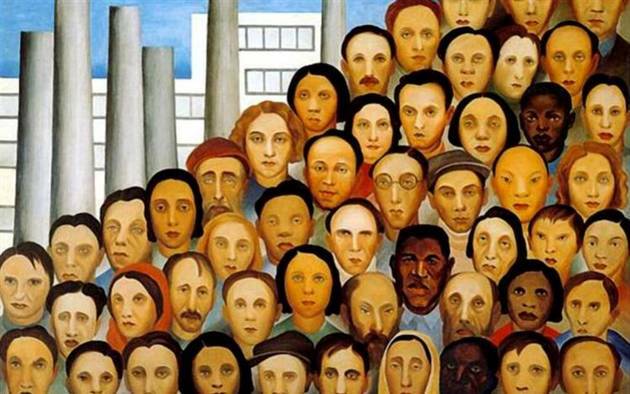
In the 30s, with immigration and the capitalist impulse, many people landed in metropolitan centers - especially São Paulo - coming from different parts of Brazil in order to meet the need for cheap labor that factories demanded.
At this time, Tarsila begins her last modernist phase, called Social Phase, in which he explores themes of a collective and social nature. Here, she questions the adversities arising from industrialization, the concentration of wealth in the hands of a few and the exploitation to which many are subject.
The painter then makes the canvas Workers, in which she displays the faces of different people, of various ethnicities, but who share an expression of exhaustion. In this composition, the mass of people appears as a portrait of the factory workers of the time.
This is a 1933 work, measuring 150 x 205 cm and located at Palácio Boa Vista, in Campos do Jordão.
10. Second Class, 1933

Until then Second class it also belongs to the social phase.
Here, Tarsila portrays people at a train station. In the background, there is the figure of a woman with a child in her arms and an elderly man. Outside the car, four women, three men and five children look tired and hopeless.
The scene portrays a very common reality in the period, the rural exodus, which is the migration from the countryside to the cities of individuals who leave in search of better living conditions and opportunities.
The colors chosen in the composition are gray and no longer have the intensity and life of the painter's other modernist phases.
This is a work produced using the oil on canvas technique, measuring 110 x 151 cm and part of a private collection.
To discover works by other great artists, read:
- Portinari works you need to know
- Frida Kahlo's most intriguing works
- Works by Salvador Dalí that will impress you
- Important works of cubism
- Recipients: analysis of the work
Who was Tarsila do Amaral?
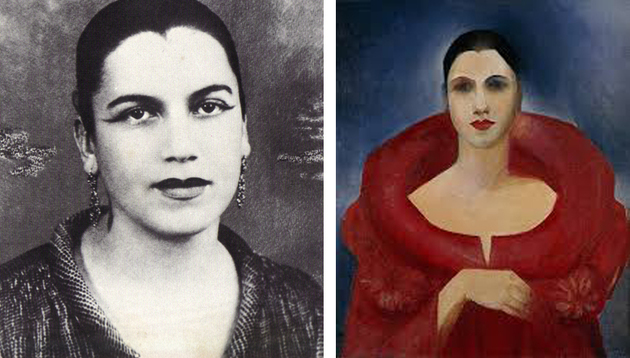
Tarsila do Amaral he was born on September 1, 1886 in the interior of São Paulo, in the city of Capivari. She studied art in Europe and had contact with great masters who were part of the artistic avant-gardes in the early 20th century.
In the mid-1920s, he returned to Brazil and began producing works with Brazilian themes. At that time, he married the artist and cultural agitator Oswald de Andrade, with whom she starts a transforming movement of national art, along with other personalities.
Tarsila died in 1973, aged 86, leaving behind an artistic production of enormous relevance to the history of art.



